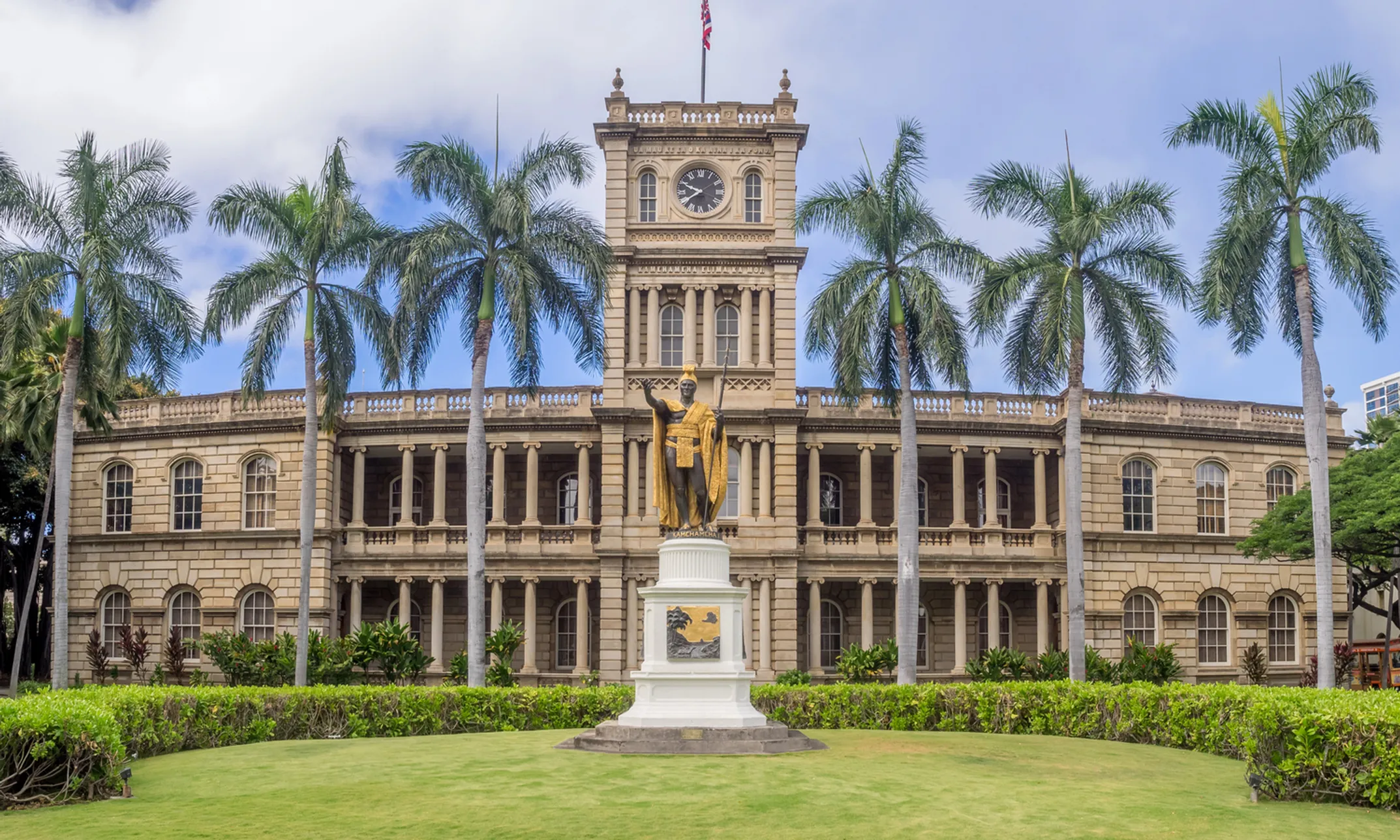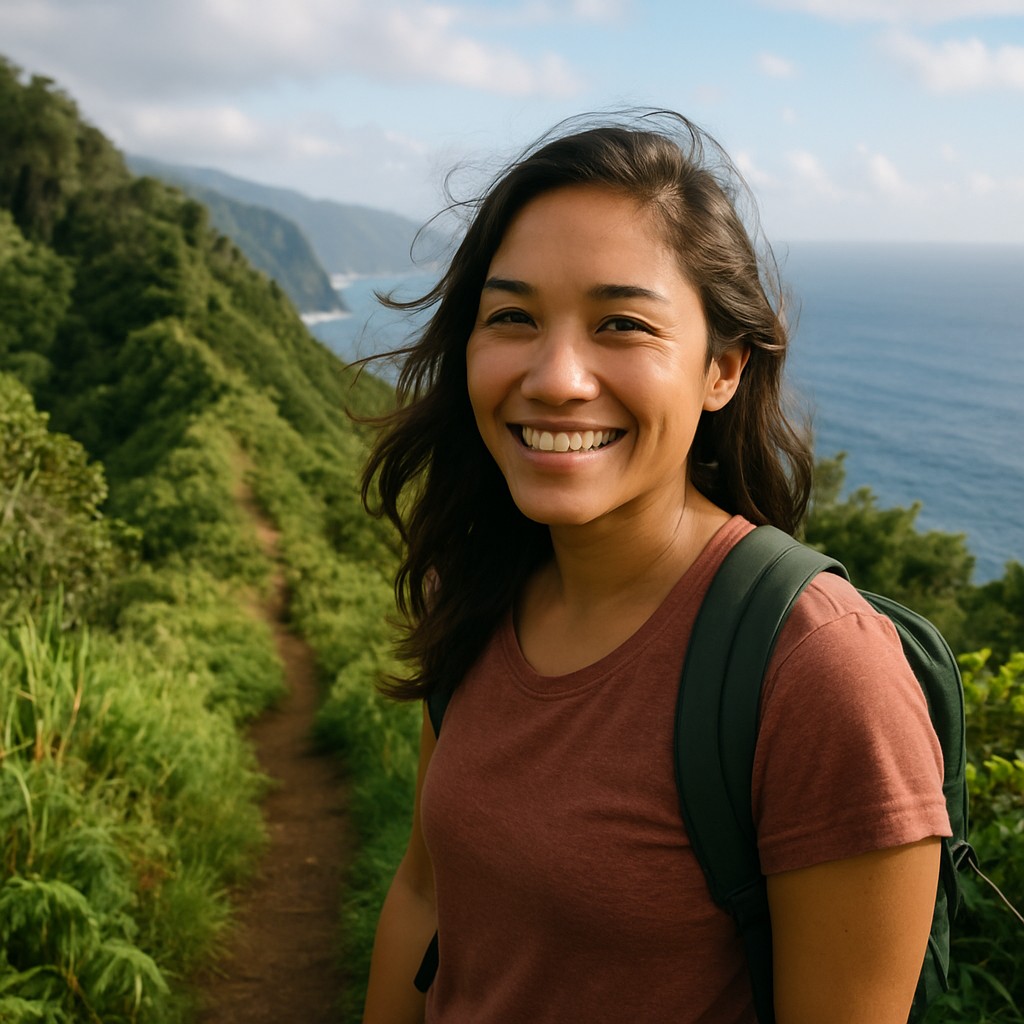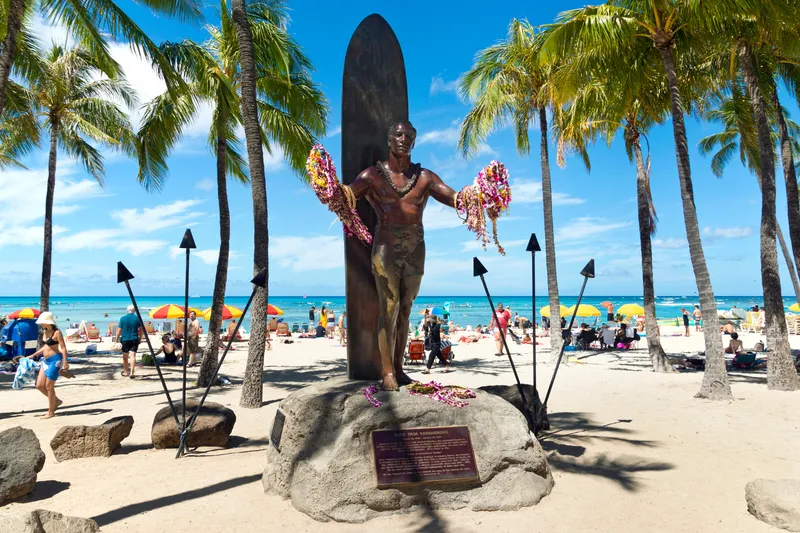
「Minivan Arrival」Honolulu Airport ⮕ Waikiki Hotels Exclusive Transfer
Family Photography Pros Oahu • Service • Honolulu • Oahu

Champions who shared Hawaiian aloha with the world and served our communities

Written by a Local Cultural Guide
Leilani AkoThe most photographed statue in all of Hawaii stands on Waikiki Beach with its back to the ocean. Duke Paoa Kahanamoku, the "Father of Modern Surfing," welcomes millions of visitors each year with outstretched arms and that famous smile.

Duke wasn't just a surfer—though he was the best in the world. He was also an Olympic swimmer who won gold medals in 1912 and 1920. But his greatest achievement was sharing Hawaiian culture with the world through surfing and aloha spirit.
Born in 1890, Duke grew up when Waikiki was still a playground for Hawaiian royalty. He learned to surf on heavy wooden boards that weighed over 100 pounds. His skill was legendary—he could ride waves that other surfers wouldn't even attempt.
In 1915, Duke gave surfing demonstrations in Australia that changed the course of that continent's beach culture. He did the same in California, introducing surfing to places that are now famous surf spots. Everywhere he went, he shared more than just surfing technique—he shared aloha.
One of Duke's most heroic moments happened in 1925 in Newport Beach, California. When a fishing boat capsized in heavy surf, Duke paddled out on his surfboard and rescued eight men. Local newspapers called him a hero, but Duke said he was just doing what any Hawaiian would do.
Here's a local secret about Duke's statue: everyone asks why he faces away from the ocean. The official reason is so tourists can get better photos with Waikiki Beach in the background. But locals joke that Duke is keeping an eye on all the visitors to make sure they're behaving themselves.
Introduced surfing to Australia and California, spreading Hawaiian culture worldwide.
Won gold medals in 1912 and 1920 Olympics, setting world records in swimming.
Rescued eight men from a capsized boat in California using only his surfboard.
Shared Hawaiian values of kindness, respect, and hospitality wherever he traveled.
I bring my children to Duke's statue regularly, especially when they're learning to surf. "See how he stands?" I tell them. "Confident but relaxed. That's how you need to be on a wave." Duke represents the Hawaiian way of sharing our gifts with the world while staying true to who we are.
The tradition of draping lei on Duke's statue continues year-round, not just on special occasions. However, we've learned to be more careful about the lei we use. Bronze can be damaged by certain flowers and materials, so now we often use silk lei or remove fresh ones quickly.
Two statues in Hawaii honor Father Damien, the Belgian priest who gave his life caring for people with Hansen's disease. One stands at the Hawaii State Capitol, the other at Kalaupapa National Historical Park on Molokai.
Joseph de Veuster arrived in Hawaii in 1864 as a young Catholic missionary. In 1873, he volunteered to serve at Kalaupapa, the remote settlement where people with leprosy were forced to live in isolation. He knew this was likely a death sentence—leprosy was considered highly contagious and incurable.
For sixteen years, Father Damien served the Kalaupapa community. He built churches, homes, and schools. He provided medical care, comfort, and dignity to people who had been abandoned by the outside world. In 1889, he died of the disease he had spent his life fighting.
The statue at our State Capitol, created by Venezuelan artist Marisol Escobar, is stylized and powerful. It shows Damien not as a suffering saint but as a strong, determined man who chose to serve others. This statue represents Hawaii's second contribution to the National Statuary Hall collection in Washington D.C.
The memorial at Kalaupapa itself is more intimate. Visiting this remote peninsula requires advance planning—you can only reach it by small plane, on foot down a steep cliff trail, or by mule. The journey itself reminds you of how isolated this community was.
I've visited Kalaupapa twice with cultural groups, and both times I was struck by the profound peace of the place. The settlement is now home to just a few former patients who chose to stay. Their stories of resilience and community are as inspiring as Father Damien's sacrifice.
When we teach our children about Father Damien, we emphasize his choice to serve others even when it was dangerous. In Hawaiian culture, we call this kokua—helping others without expecting anything in return. Father Damien embodied this value completely.
Selfless service to others, especially those most in need of care and compassion.
Doing what is right and just, even when it requires great personal sacrifice.
Both Duke Kahanamoku and Father Damien represent the best of Hawaiian values. Duke shared our culture's joy and aloha with the world. Father Damien showed us how to serve others with complete compassion. Together, they remind us that heroism comes in many forms—sometimes through celebration, sometimes through sacrifice.

Family Photography Pros Oahu • Service • Honolulu • Oahu

Family Photography Pros Oahu • Service • Honolulu • Oahu
